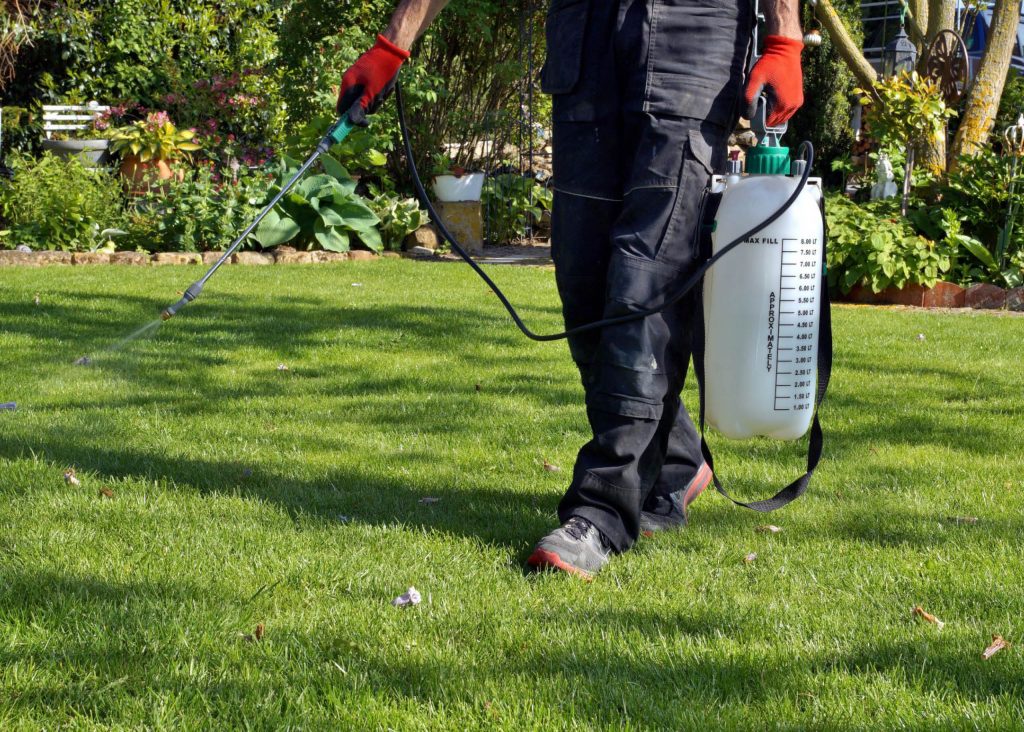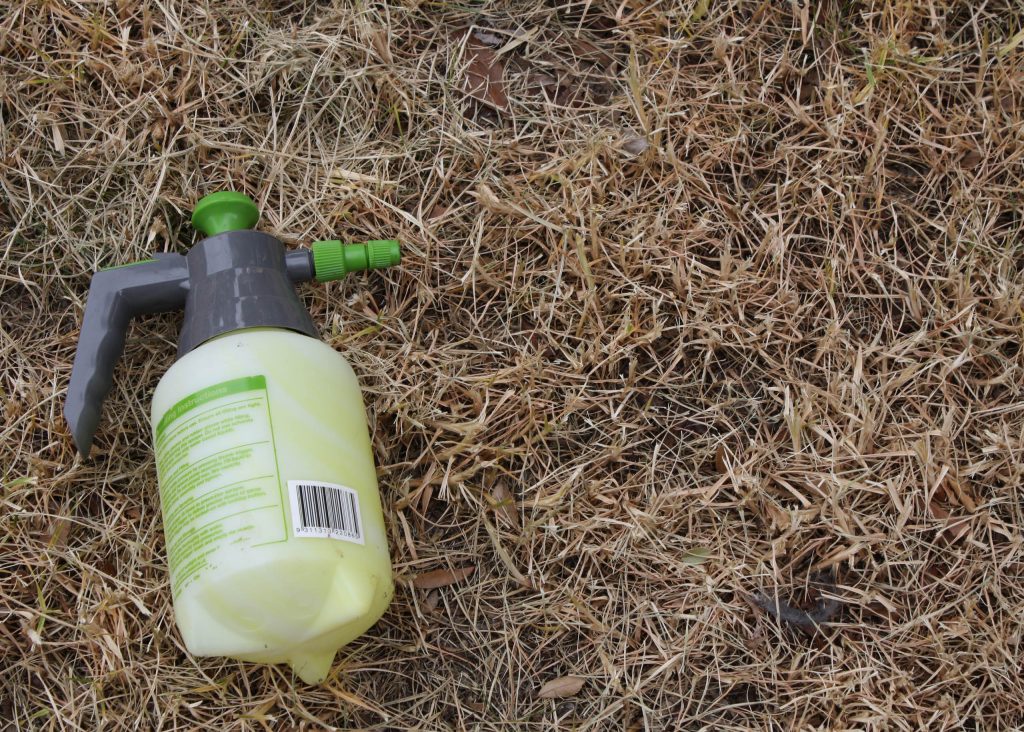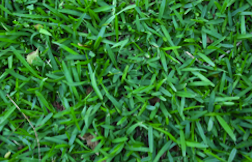When it’s too Hot to Mow Your Lawn!
A healthy lawn provides you and your family with a green, lush and welcoming environment. However, when temperatures rise and the harsh summer sun beats down on your lawn, the ...

 The simple answer to that question is herbicides are chemicals that kill plants or prevent their seeds from germinating.
The simple answer to that question is herbicides are chemicals that kill plants or prevent their seeds from germinating.
This can be very handy when it comes to managing weeds in your garden or lawn, especially if they’re too big or there’s too many to remove by hand or with a hoe or shovel.
Deciding which herbicide to use can be difficult so, if you haven’t tackled this task before, the first thing to do is identify the weed, understand your lawn type, and read the product label.
It’s also important to read the label every time you use a herbicide, or any other garden chemical for that matter.
Manufacturers can change the formulation or retailers might change which product they stock – just because you’ve bought a particular herbicide or used it before, it doesn’t mean they will always be exactly the same.
Herbicide labels carry information about how to use them safely and effectively.
This includes the best way to store and mix a product and how to properly dispose of unused chemicals or empty containers.
The labels also have details of how much of the active ingredient the product contains, what rates to use, withholding periods and which weeds they work best on.
If you’re not sure about a product, or the label is damaged or missing, seek advice from your local garden centre before using it.
Be aware that it is against the law to use herbicides for any purpose or by any method other than what’s indicated on the label.
There are two main herbicide types: non-selective and selective.
 Non-selective herbicides will kill almost any plant they come into contact with. They’re useful for clearing everything from an area that is to be converted to another use, such as under a new deck, or for spraying weeds and grass growing up through gravel or pavers.
Non-selective herbicides will kill almost any plant they come into contact with. They’re useful for clearing everything from an area that is to be converted to another use, such as under a new deck, or for spraying weeds and grass growing up through gravel or pavers.
Selective herbicides will kill some weeds – usually listed on the label – and not others. They can be useful when treating specific weeds in your lawn or garden.
There are two types of selective herbicide:
The type you choose will depend on whether you’re looking to control existing or future weeds. In some cases, it might be necessary to use both types: a post-emergent herbicide in spring or summer to knock down weeds first, followed by a pre-emergent in late winter or spring to mop up any new plants that might germinate from seeds already in the ground.
Even though they’re best used as a last resort, because there are often more environmentally friendly ways of dealing with weeds, herbicides have several benefits.
Used properly, they are quick, cost-effective and reliable.
Pre-emergent herbicides that stop weeds from germinating can also prevent those unwanted plants from consuming soil moisture and nutrients that your lawn could otherwise have used.
Herbicides are generally safe when used according to the directions and at the rates specified on the product label.
There are several general rules to follow:
 Some types of lawns, such as Soft Leaf Buffalo, are especially sensitive to herbicides.
Some types of lawns, such as Soft Leaf Buffalo, are especially sensitive to herbicides.
Because of their broader leaf, Buffalo grasses can absorb a higher dose of the chemical and suffer damage or death.
For this reason, it’s important to take care when choosing which herbicide to use.
It’s also why most herbicide manufacturers label their products as being either safe or not suitable for use on Buffalo.
There’s more information in How to Kill Weeds in Buffalo Lawns
You could also refer to our handy guides to Removing weeds from your lawn and the Most Common Lawn Weeds
The myhomeTURF online shop has a range of herbicides suitable for use on broadleaf and grass weeds in Buffalo, Couch, Zoysia and Kikuyu lawns. You can browse them here.